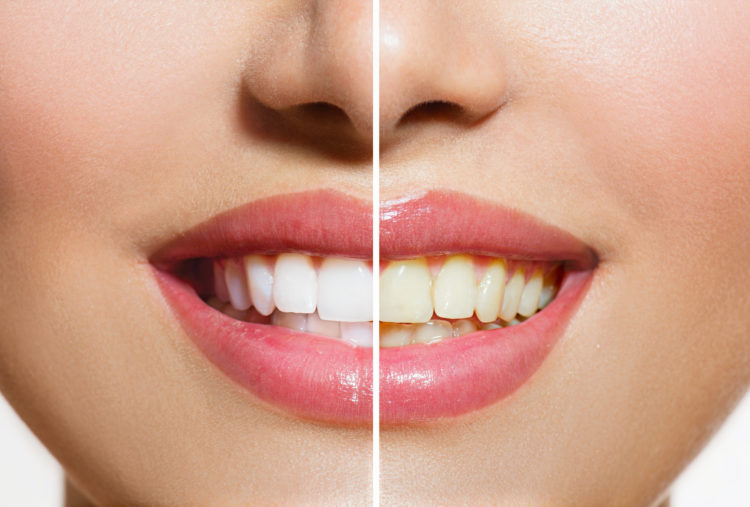Deep Cleanings: What They Are and Why You Might Need One

“Deep cleanings,” which are more properly known as “scaling and root planing”, are a relatively common procedure in dentistry. Still, many people are not aware of exactly what constitutes scaling and root planning and what circumstances make it necessary. The good news is that by exercising good oral care at home and going for regular dental visits, most people can avoid this more costly and lengthy procedure. Should your dentist find it necessary, however, do not underestimate the importance of receiving this treatment.
Unlike a regular cleaning you get every 6 months, a scaling and root planing involves cleaning below the gum line, a process which typically requires being numbed, just as if you were getting a filling. When plaque and tartar harden on the sides of teeth below the gum line, they form a tenacious, rock-hard substance known as calculus, which can only be removed with specialized hand instruments. Once it is removed, the sides of the teeth are then smoothed, or “planed,” to help prevent future calculus accumulation.
The question, then, is how does subgingival (i.e., below the gum) calculus form in the first place? Subgingival calculus forms over a period of time when flossing is not carried out on a regular basis. Flossing each day removes the soft plaque that eventually forms calculus. In addition, people with advanced gum disease may have deep gum pockets—so deep, in fact, that they may not be able to get floss all the way to the bottom of the pocket, leaving places for calculus to form.
The best way to prevent the need for a deep cleaning is to floss every day and, of course, see your dentist on a regular schedule to ensure that your at-home hygiene is getting the job done. Deep cleanings are meant to make it easier to keep the teeth clean going forward, such that more deep cleanings will not be necessary in the future. By sticking to a good oral care plan, you can be sure that you will not need scaling and root planing very often, if ever.


No Comment